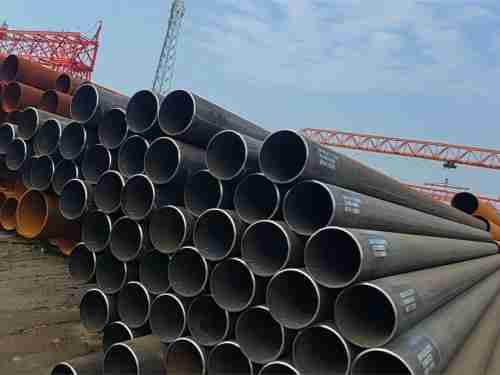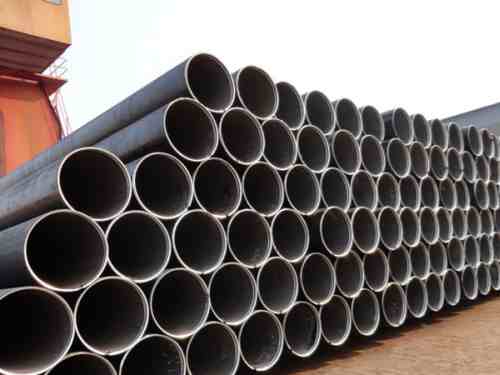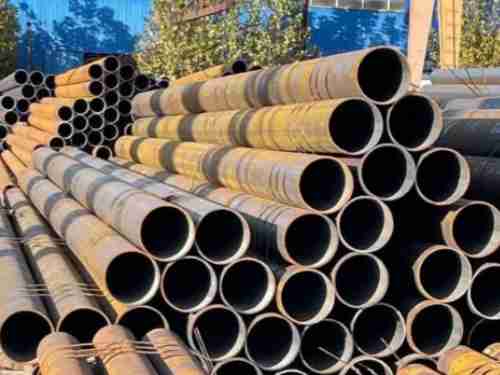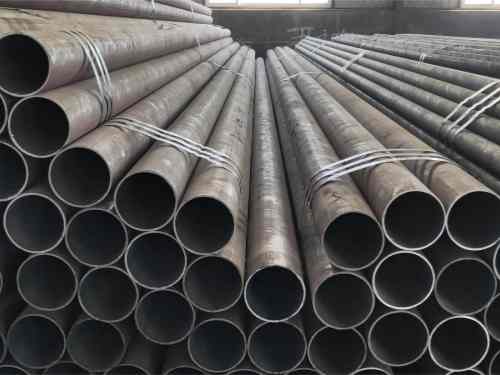Seamless tubes and boiler tubes are essential components in modern industrial manufacturing. While they may appear similar at first glance, these two types of steel tubes differ significantly in terms of their applications, manufacturing techniques, and technical requirements. This article explores their distinctions from multiple perspectives, with a particular focus on their production processes.
What Is a Seamless Tube?
A seamless steel tube is a tubular product without any welds or seams along its cross-section. Owing to its hollow structure, high torsional and bending strength, and lightweight characteristics, it finds widespread use in a range of industries—including oil exploration, petrochemicals, boiler fabrication, bearing manufacturing, and aerospace.
Production Process of Seamless Tubes
The manufacturing of seamless tubes typically follows these main steps:
Raw Material Selection
High-quality steel billets or solid bars are chosen as the starting materials.
Heating
The billets are heated to increase their plasticity and prepare them for shaping.
Piercing
Using a piercing machine, the heated billet is punctured to create a hollow tube, forming the basic tube structure.
Rolling, Extrusion, or Cold Drawing
Depending on the target specifications, the hollow tube undergoes hot rolling, cold rolling, extrusion, or cold drawing:
Hot-rolled tubes are processed at high temperatures for higher productivity and lower cost.
Cold-rolled or cold-drawn tubes are formed at room temperature, offering better dimensional accuracy and surface finish.
Heat Treatment
Processes like annealing, normalizing, or quenching are applied to relieve internal stresses and enhance material properties.
Finishing and Inspection
The tube is then straightened, trimmed, cleaned, and subjected to rigorous quality checks to ensure compliance with relevant standards.
What Is a Boiler Tube?
A boiler tube is a specialized steel pipe designed for use in boiler systems, where it serves as a heating surface to transfer heat from combustion gases to water or steam. These tubes must operate under extreme conditions—including high temperatures, pressures, and exposure to corrosive media—making material selection and quality control especially critical. Boiler tubes are typically made from seamless or welded carbon and alloy steels.
Production Process of Boiler Tubes
While boiler tube production shares several steps with seamless tube manufacturing, it also has its own unique considerations:
Material Selection
The choice of material is determined by the operational conditions of the boiler. Selected steels must demonstrate excellent strength, heat resistance, corrosion resistance, and toughness.
Tube Forming
Boiler tubes can be manufactured through hot rolling, cold drawing, or extrusion. However, stricter control over size tolerance and surface quality is required compared to general-purpose seamless tubes.
Welding (if applicable)
In welded boiler tube production, welding quality is paramount. Techniques such as manual arc welding, submerged arc welding, or TIG welding are commonly used. Proper welding procedures and filler materials must be employed to ensure joint integrity.
Heat Treatment
Like seamless tubes, boiler tubes undergo heat treatment to optimize mechanical properties and reduce internal stress.
Inspection and Surface Finishing
Boiler tubes must pass comprehensive inspections—including dimensional checks, mechanical testing, and metallurgical analysis. Surface treatments are also performed to remove rust and oil, enhancing corrosion resistance and longevity.
Comparison of Production Focus and Applications
|
Aspect
|
Seamless Tubes
|
Boiler Tubes
|
|
Main Use
|
General industrial applications
|
Specialized for boiler systems
|
|
Operating Environment
|
Varies by industry, generally less demanding
|
High temperature, high pressure, and corrosive
|
|
Material Standards
|
Standard carbon or alloy steel
|
Strictly selected for heat and pressure resistance
|
|
Dimensional & Surface Requirements
|
Standard precision
|
High precision and flawless surface
|
|
Production Emphasis
|
Efficiency and cost-effectiveness
|
Safety, performance, and quality assurance
|
Conclusion
Though seamless tubes and boiler tubes may appear similar, their intended applications, technical specifications, and manufacturing processes differ significantly. Seamless tubes offer broad utility in industrial settings, while boiler tubes are engineered to meet the rigorous demands of boiler operations. Understanding these distinctions is crucial for selecting the right product for the job and ensuring reliable performance in the intended application.
As manufacturing technologies continue to evolve, both product categories are expected to play increasingly important roles in critical infrastructure and industrial development.

 English
English Español
Español











